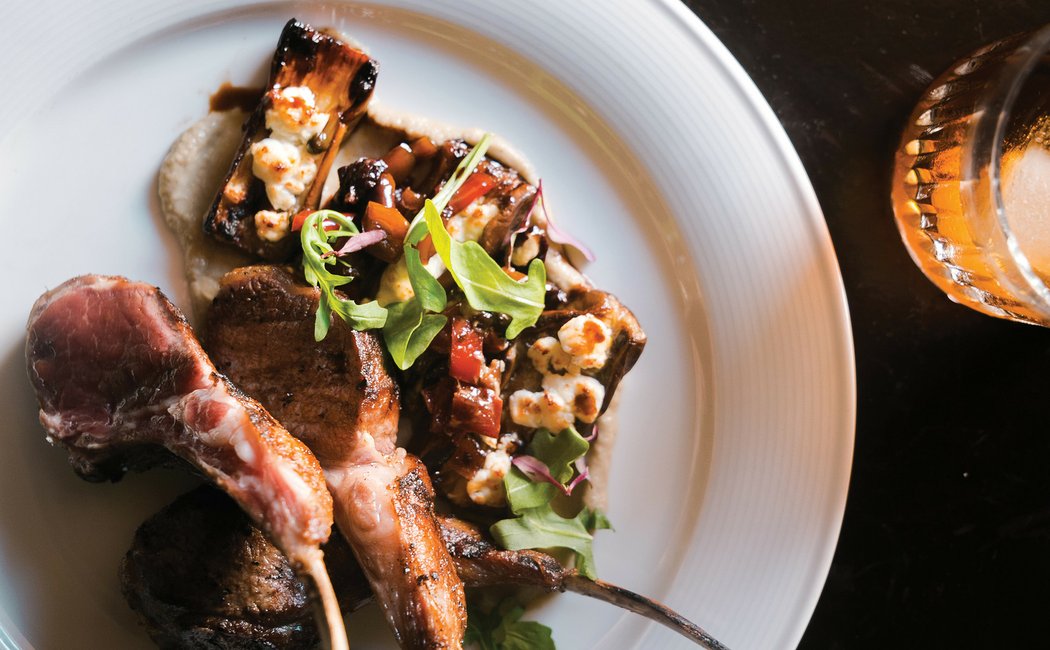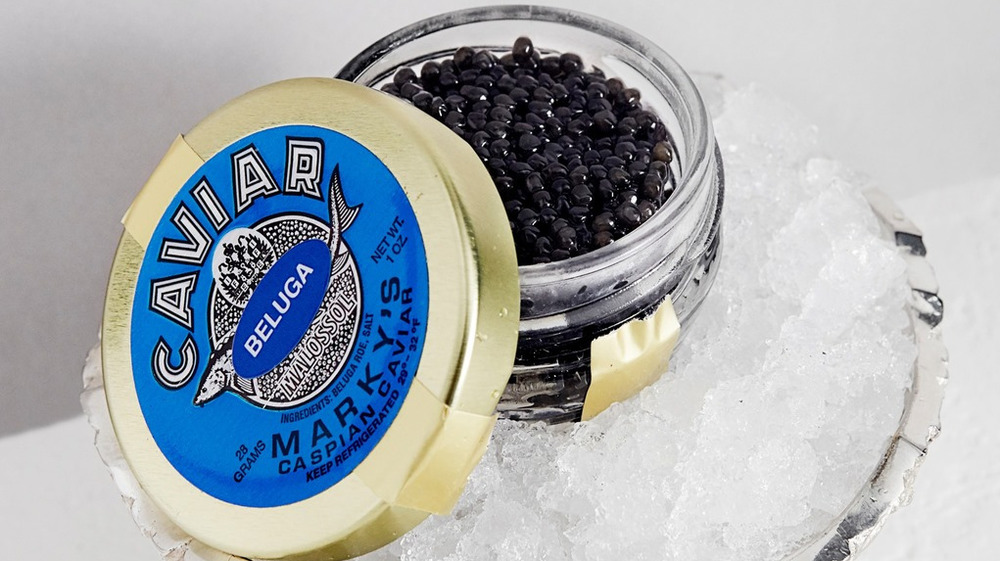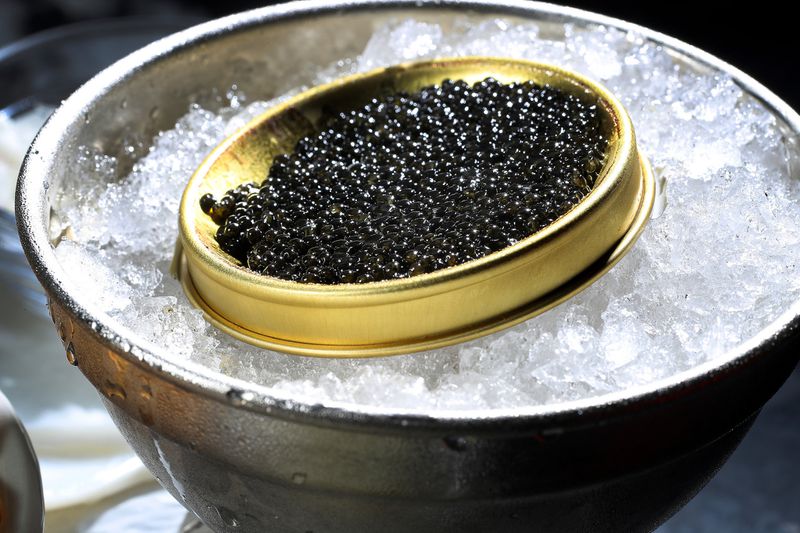The relationship between truffles and various tree species
Truffles are a type of edible fungi that grow underground and are highly valued for their unique flavor and aroma. One of the key factors that influence the quality of truffles is the type of tree that they grow near. In this blog post, we will explore the relationship between truffles and various tree species.
Truffles are symbiotic with the roots of trees and form a mutualistic relationship. The truffle mycelium, which is the vegetative part of the truffle, attaches itself to the roots of a specific type of tree and forms a mycorrhizal relationship. In this relationship, the tree provides the truffle with sugars and other nutrients, while the truffle provides the tree with water and nutrients that it absorbs from the soil.
There are many different types of trees that truffles can grow near, but some are more commonly associated with specific types of truffles. Let's take a closer look at some of the most popular truffle varieties and the trees they are associated with.
Black Truffles
Black truffles are one of the most highly prized varieties of truffle and are typically found in regions of France, Italy, and Spain. These truffles are often associated with oak trees, but they can also be found growing near hazelnut, pine, and beech trees. The flavor of black truffles is often described as earthy and musky, with a subtle sweetness and notes of chocolate.
White Truffles

White truffles are another highly prized variety and are often found in regions of Italy, particularly in the Piedmont region. These truffles are typically associated with oak, hazelnut, and poplar trees, although they can also be found growing near chestnut and beech trees. White truffles have a pungent aroma and a unique flavor that is often described as garlicky, nutty, and slightly sweet.
Summer Truffles

Summer truffles are a more affordable variety of truffles and are typically found in regions of Europe and North America. These truffles are often associated with oak, hazelnut, and beech trees, although they can also be found growing near poplar and hornbeam trees. The flavor of summer truffles is often described as mild and earthy, with a subtle sweetness and notes of hazelnut.
Burgundy Truffles
Burgundy truffles are a less common variety of truffle and are typically found in regions of France. These truffles are often associated with hazelnut and oak trees, although they can also be found growing near beech and hornbeam trees. The flavor of Burgundy truffles is often described as earthy and nutty, with a subtle sweetness and notes of mushroom.
In conclusion, the type of tree that truffles grow near has a significant impact on their flavor and aroma. While truffles can be near many different types of trees, certain trees are more commonly associated with specific types of truffles. It is important for truffle cultivators to understand the symbiotic relationship between truffles and trees in order to maximize truffle yields and produce the highest quality truffles.
The relationship between truffles and trees is not only beneficial for truffle cultivation, but also for the environment. Mycorrhizal fungi, including truffles, play an important role in soil health and can help to improve the overall health of forest ecosystems. By cultivating truffles and promoting the growth of mycorrhizal fungi, we can help to support healthy and sustainable forest ecosystems.
In addition to the type of tree, other factors such as soil type, climate, and altitude can also influence the flavor and aroma of truffles. For example, truffles are grown in the same region but at different elevations may have different flavor profiles due to differences in temperature, humidity, and soil characteristics.
Overall, the relationship between truffles and trees is complex and multi-faceted. By understanding the unique relationship between these two organisms, we can cultivate high-quality truffles and promote healthy forest ecosystems. Whether you’re a truffle lover or a cultivator, it’s clear that the relationship between truffles and trees is a vital component of the truffle industry and an important aspect of sustainable agriculture.






